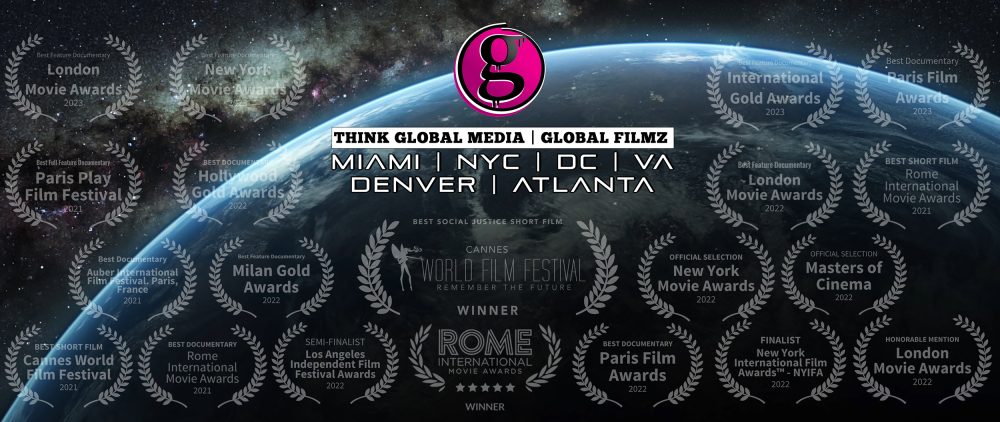
Music Video Director vs Producer
Music Video Director vs Producer
In the dynamic world of music video production, two key roles play a pivotal role in bringing artistic visions to life – the director and the producer. While their titles might sound interchangeable, each role carries distinct responsibilities and contributions. This article aims to delve into the nuanced differences between a music video director and a producer, shedding light on their individual roles, collaborative efforts, and the synergy required to create visually captivating musical narratives.
1. Defining the Vision: Director’s Artistic Leadership
At the helm of the creative process stands the music video director, an artist whose primary responsibility is to translate the artist’s vision into a visual masterpiece. The director is the creative force, responsible for conceptualizing the narrative, visual style, and overall aesthetic of the music video. They work closely with the musicians to understand their vision, interpret the lyrics, and create a cohesive story that complements the auditory experience.
 2. From Concept to Reality: The Director’s Workflow
2. From Concept to Reality: The Director’s Workflow
A music video director’s workflow involves meticulous planning and execution. Beginning with conceptualization, the director develops storyboards, shot lists, and creative treatments that serve as blueprints for the production. During shooting, they guide the cinematography, framing, and choreography to ensure the visual elements align with the envisioned narrative. The director’s role extends into post-production, overseeing the editing process to maintain the coherence of the story.
3. Making It Happen: Producer’s Logistical Mastery
On the other side of the spectrum is the music video producer, a logistical maestro responsible for turning the director’s vision into a tangible reality. The producer’s role encompasses budgeting, scheduling, securing permits, and managing the overall production logistics. They are the architects of the production timeline, ensuring that everything from locations and equipment to crew members and talent is in place for a seamless execution of the director’s creative vision.
 4. Collaboration is Key: Director-Producer Dynamic
4. Collaboration is Key: Director-Producer Dynamic
While the director and producer operate in distinct spheres, their collaboration is essential for a successful music video production. The director’s creativity needs the support and structure provided by the producer’s logistical prowess. Open communication and a shared understanding of the project’s goals are crucial for aligning the artistic vision with the practical constraints of time, budget, and resources.
5. Budgeting and Resource Allocation: Producer’s Financial Stewardship
A significant aspect of the producer’s role is financial management. They develop and manage the budget, allocating resources judiciously to meet the creative requirements outlined by the director. The producer navigates negotiations, secures sponsorships if necessary, and ensures that the production stays within budgetary constraints without compromising the quality of the final product.
6. Problem Solving in Real-Time: Producer’s Role on Set
While the director focuses on the artistic execution, the producer is the troubleshooter on set. They address unexpected challenges, handle emergencies, and make real-time decisions to keep the production on track. The producer’s ability to adapt to unforeseen circumstances and maintain a calm demeanor contributes significantly to the overall success of the project.
 7. The Final Tapestry: Bringing It All Together
7. The Final Tapestry: Bringing It All Together
In the final stages of music video production, the director and producer collaborate closely during post-production. The director ensures the visual elements align with the creative vision, while the producer oversees the final edits, color correction, and delivery of the completed project. The synergy between these roles is crucial in delivering a music video that not only meets the artist’s expectations but also exceeds industry standards.
8. Evolution in the Digital Age: Impact on Roles
The digital age has brought about significant changes in the roles of music video directors and producers. With the advent of technology, directors now have access to a wide array of tools for visual experimentation. Simultaneously, producers navigate new challenges related to digital marketing, online distribution, and navigating the evolving landscape of music consumption platforms.
9. Conclusion: Harmonizing Creativity and Logistics
In the realm of music video production, the roles of the director and producer are symbiotic, each contributing essential elements to the creative process. The director envisions and shapes the artistic narrative, while the producer transforms that vision into a tangible production, navigating the logistical complexities. The synergy between these roles is not just a collaboration but a harmonious dance that results in the creation of captivating musical visuals that resonate with audiences worldwide. Understanding and appreciating the unique contributions of both directors and producers is essential for unlocking the full potential of music video storytelling in the ever-evolving landscape of the entertainment industry.




 2. From Concept to Reality: The Director’s Workflow
2. From Concept to Reality: The Director’s Workflow 4. Collaboration is Key: Director-Producer Dynamic
4. Collaboration is Key: Director-Producer Dynamic 7. The Final Tapestry: Bringing It All Together
7. The Final Tapestry: Bringing It All Together